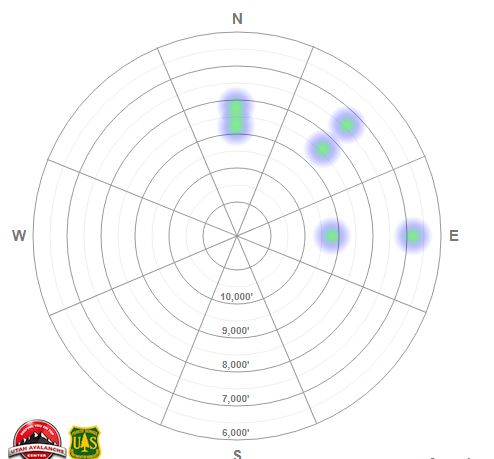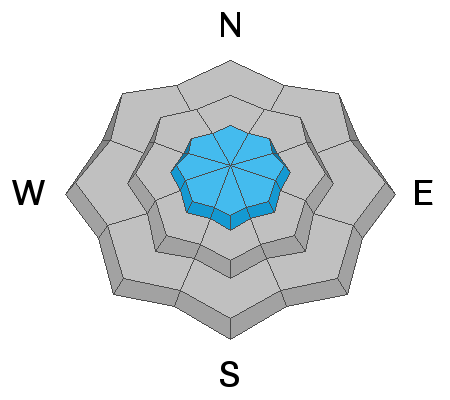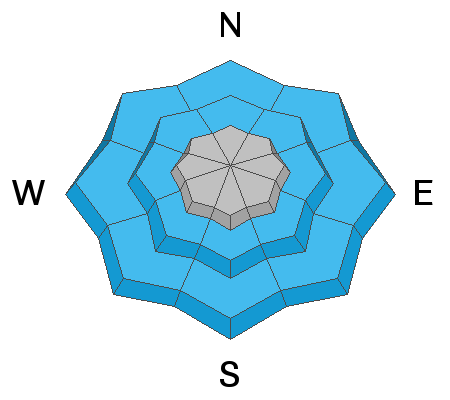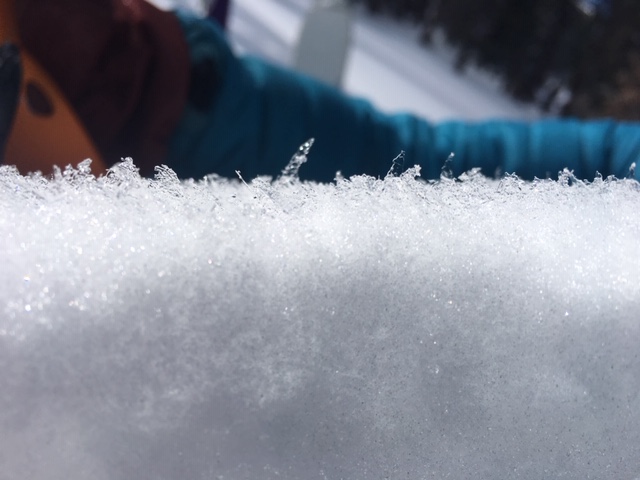Forecast for the Ogden Area Mountains

Issued by Evelyn Lees on
Wednesday morning, April 3, 2019
Wednesday morning, April 3, 2019
The upper elevation steep northwest through easterly facing terrain has a CONSIDERABLE danger for triggering avalanches in wind drifted snow. In isolated locations, these windslabs could trigger a deeper avalanche failing on a buried persistent weak layer.
Lower and mid elevation terrain has a MODERATE danger, where wet snow avalanches are likely.
The snow will be more unstable during any periods of heavy rain or snowfall.
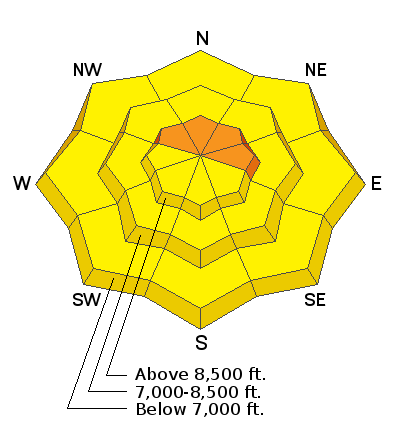
Low
Moderate
Considerable
High
Extreme
Learn how to read the forecast here


